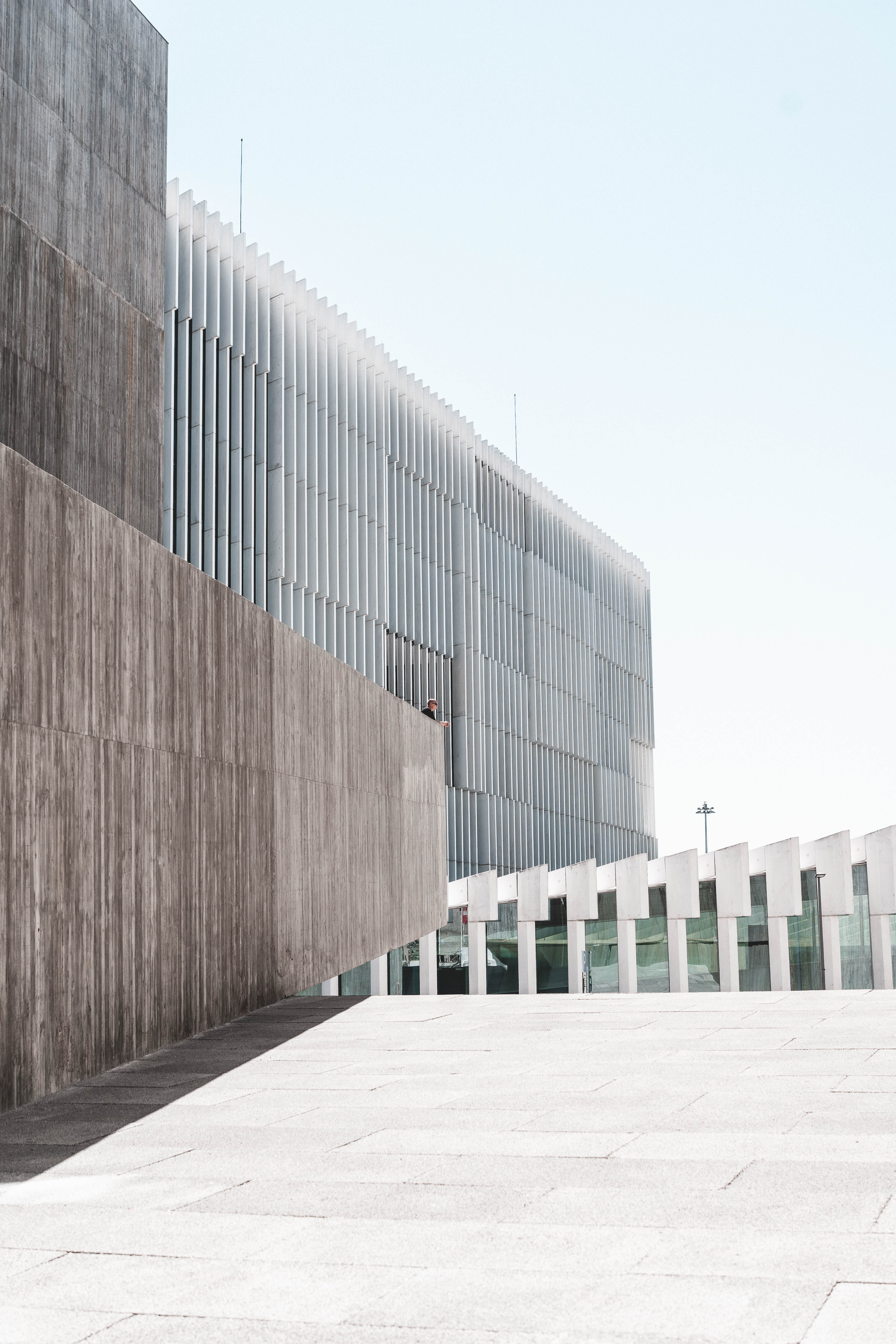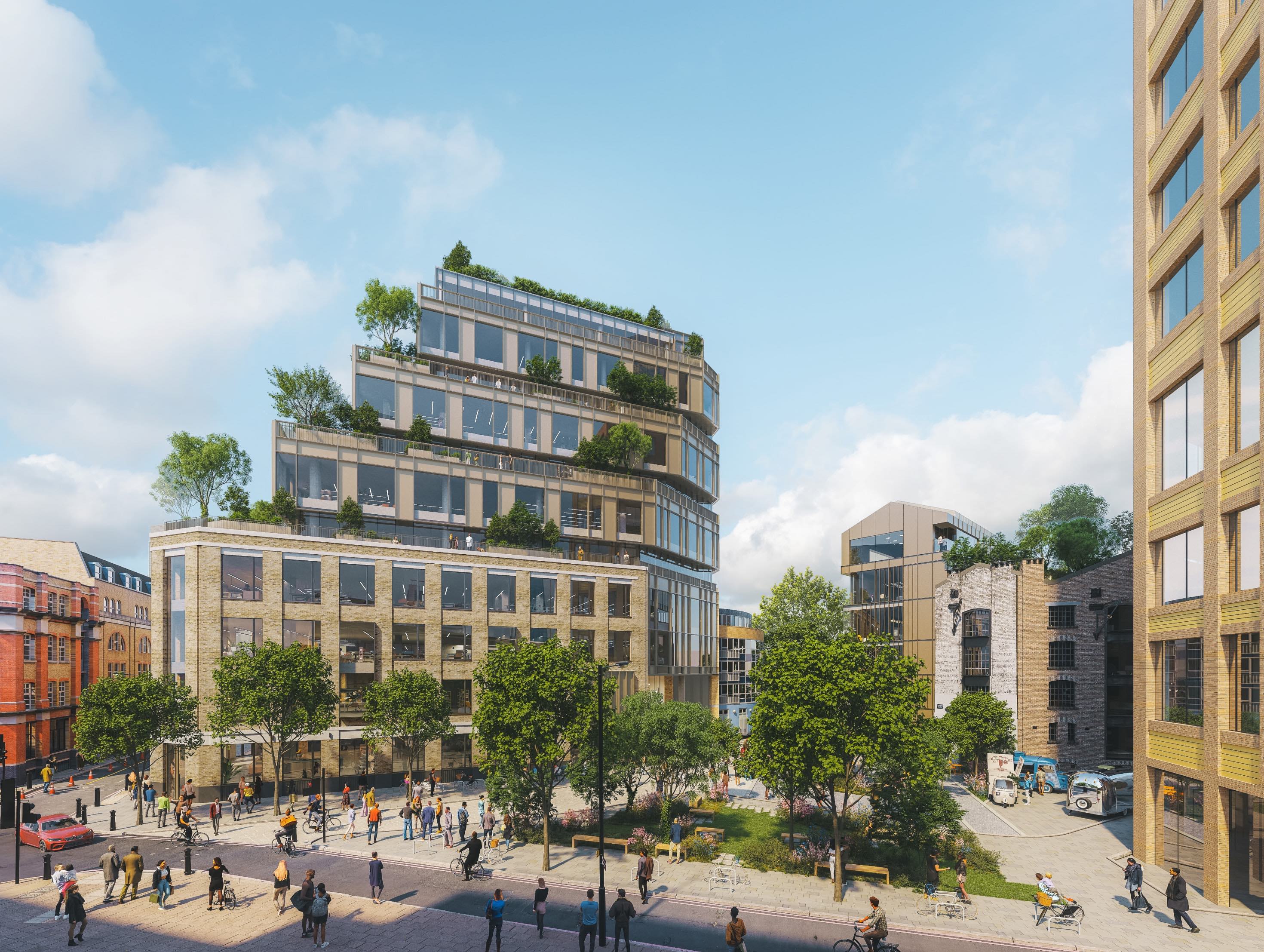
Through My Lens
A journey behind the lens, as seen through the eyes of Jarred Sydney Walker. A perspective where architectural forms come alive through photography.
The world of architecture is a vast and complex realm, encompassing a myriad of structures, designs, and ideas. It is a realm where the tangible and the abstract unite, creating spaces that are not only functional but also aesthetically pleasing and emotionally resonant. One of the most powerful ways to capture and convey the essence of this realm is through photography.
Architecture is much more than bricks and mortar, concrete and glass. It is a reflection of our society, our culture, our values, and our aspirations. It is an embodiment of human ingenuity and creativity. A single image can convey the grandeur of a structure, its meticulous details, the space it occupies, and the emotions it invokes. This is the enduring power of architectural photography.
Architectural photography brings the viewer into the architect's world, providing a unique perspective on the relationship between form, function, and environment. It allows us to see the world through the architect's eyes, to appreciate the harmony between the built environment and the natural surroundings, and to understand the careful balance between aesthetic and utility.
But architectural photography goes beyond merely capturing static structures. It tells a story, captures a moment, and evokes an emotion. It documents the life that unfolds within and around these spaces. It is a testament to the human interaction with the built environment.
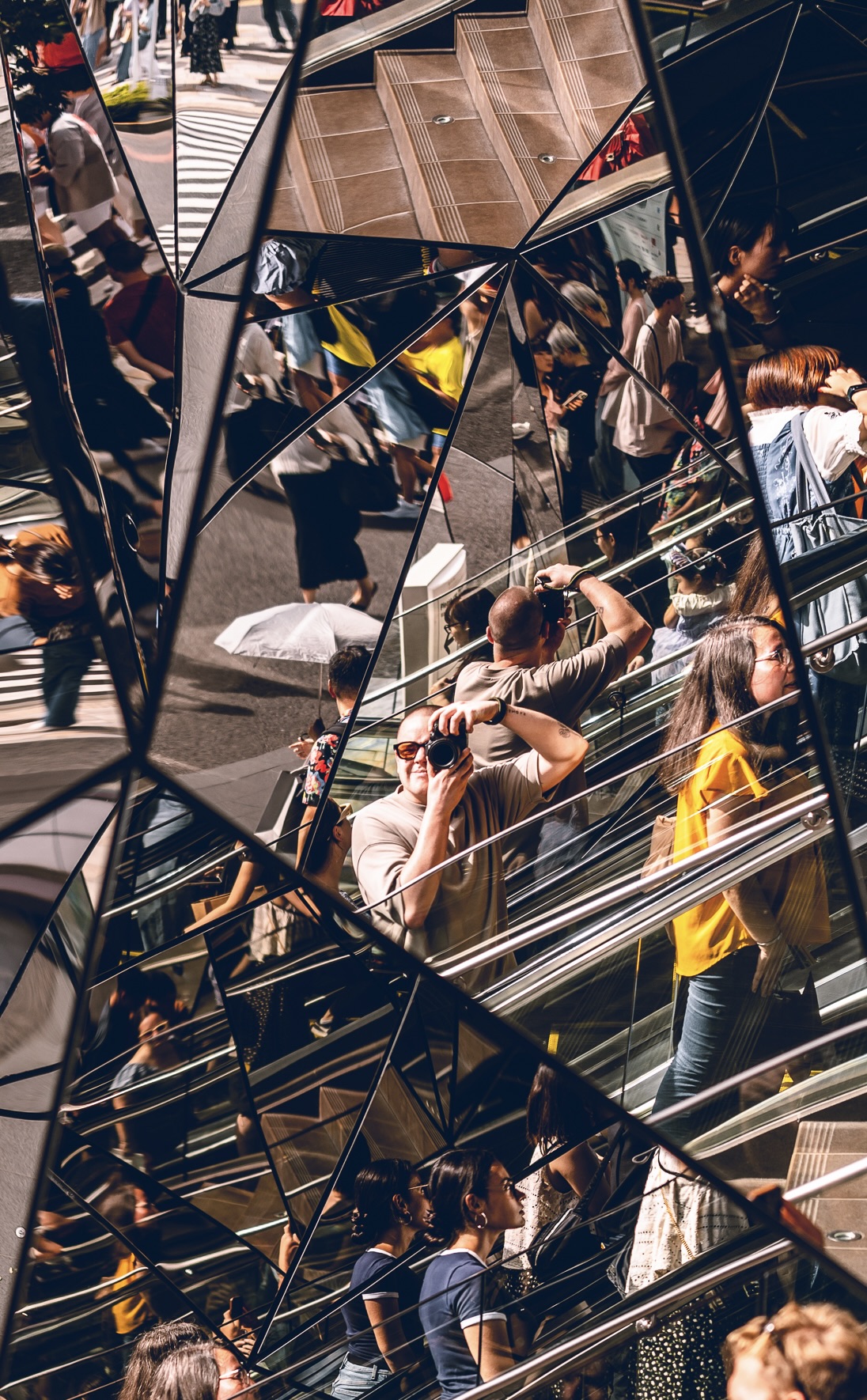
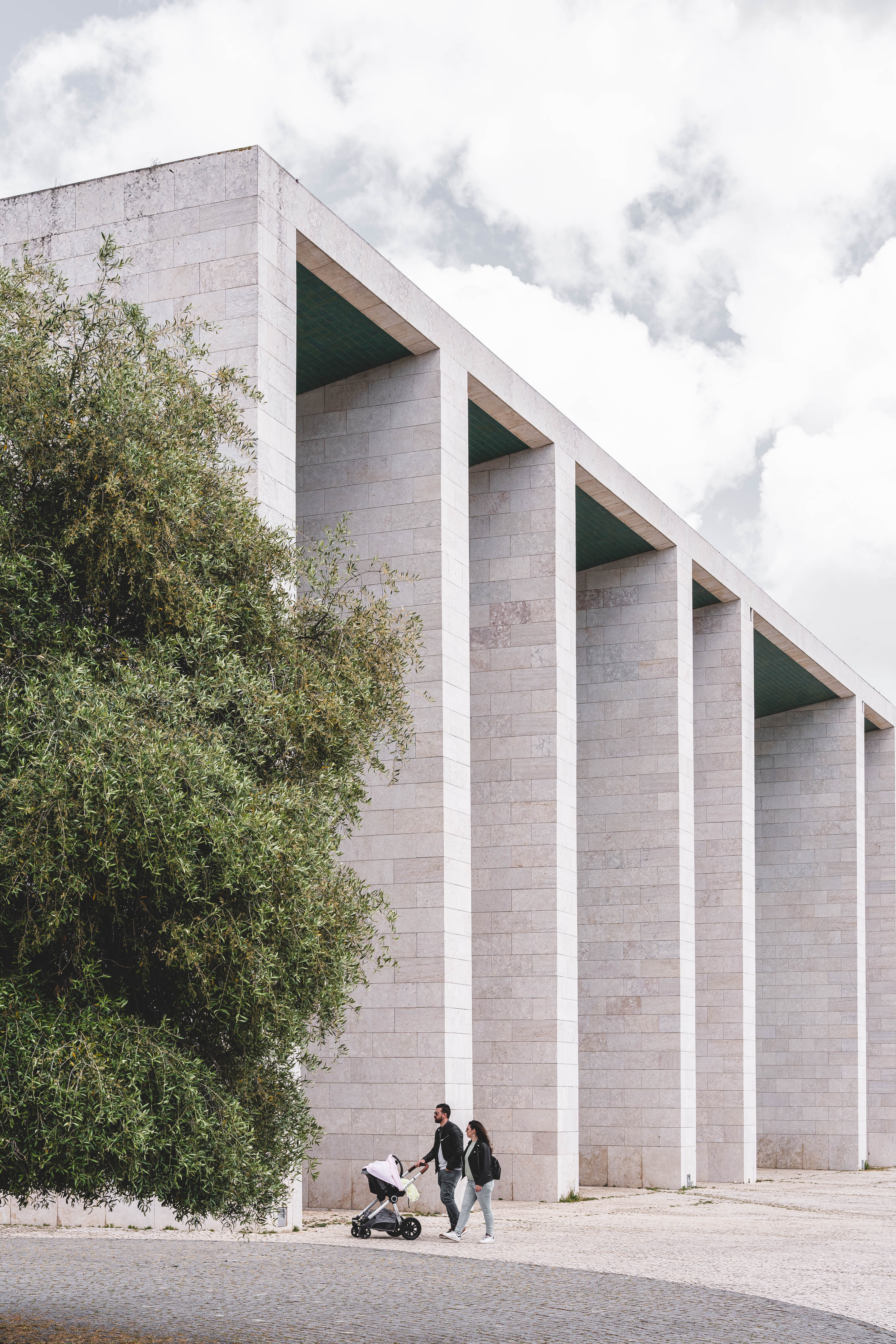
In essence, architectural photography is as much about capturing the spirit of a place as it is about documenting its physical form. The practice of architectural photography is a tale of two worlds - the monumental world of architecture, and the intimate, human world of those who inhabit these spaces.
It's about observing and capturing the small, fleeting moments - a ray of light falling perfectly over a curved wall, the way the evening sun casts long shadows over a staircase, or the quiet moments of contemplation in a thoughtfully designed space. These seemingly inconsequential elements are what bring a building to life, telling the stories of the people who inhabit these structures.
Architectural photography is about capturing a curated narrative that links people, places, and experiences. It's about capturing the transient and the eternal, the monumental and the minute, the physical and the emotional. It's about the play of light and shadow, the contrast between the old and the new, the dialogue between the man-made and the natural. It's about the silent, yet eloquent, language of architecture.
The practice of architectural photography is both an art and a science. It requires a keen eye for detail, a deep understanding of the principles of design and composition, and a profound appreciation for the beauty of architecture. It demands patience and perseverance, as well as creativity and imagination.

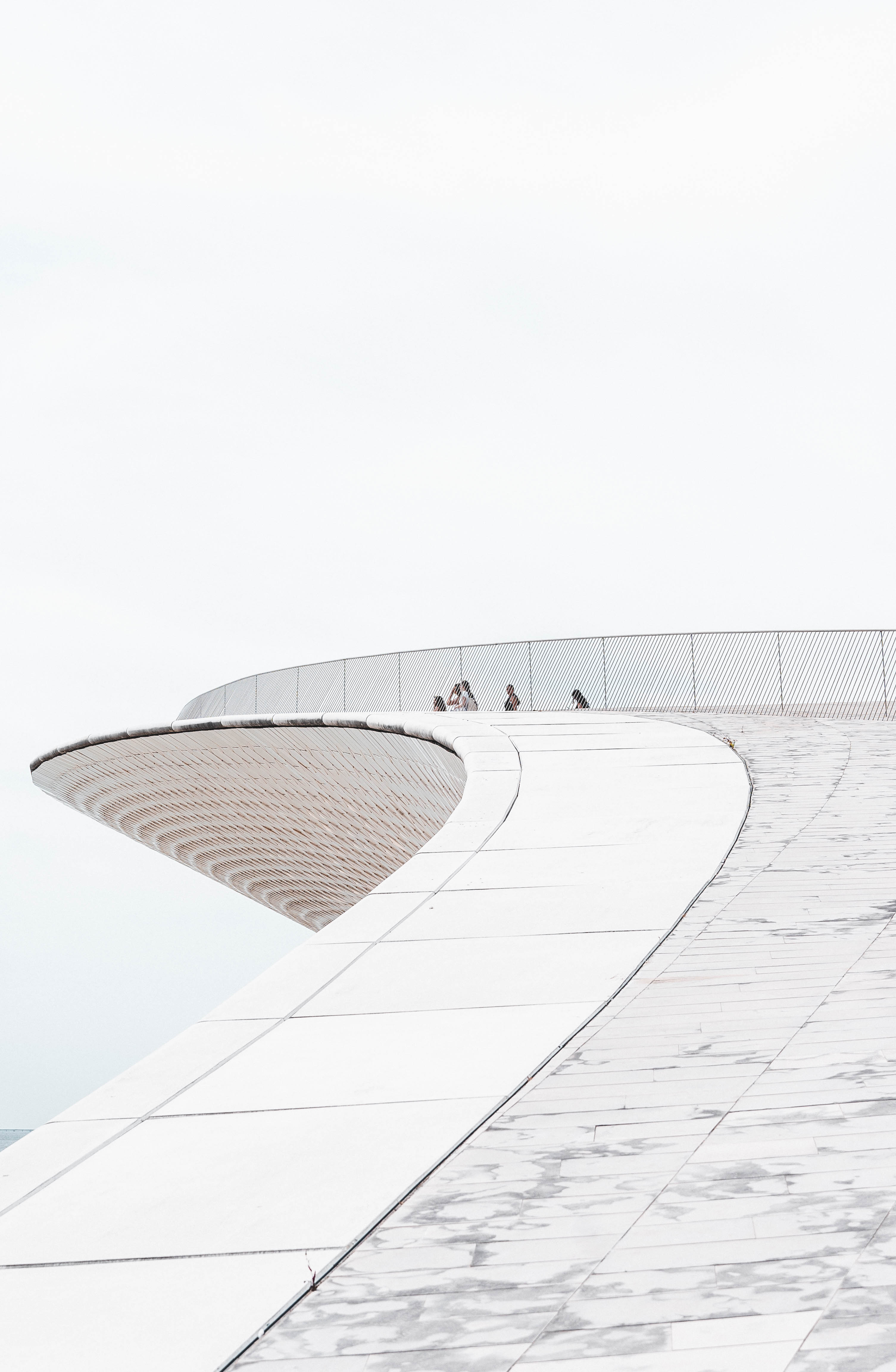
In the hands of a skilled photographer, the camera becomes a powerful tool that can uncover the soul of a building, reveal its character, and tell its story. It can capture the majesty of a towering skyscraper, the elegance of a sleek modernist structure, the charm of a quaint cottage, the grandeur of a historical monument, and the simplicity of a minimalist design.
As we look through the lens, we see not only structures and spaces, but also the people, the stories, and the experiences that these structures and spaces embody. We see the architects' vision, the builders' skill, the inhabitants' experiences, and the photographers' perspective. We see the past, the present, and the potential future. We see the world of architecture in all its richness, complexity, and beauty.
Architectural photography is an essential medium in expressing the essence of architecture. It bridges the gap between the architect's vision and the viewer's perception, transforming mere structures into works of art that resonate with people's emotions and experiences. It tells the story of our built environment, celebrating the human spirit's ability to create spaces that are both functional and beautiful. It is indeed an art that captures the transient and the eternal, the monumental and the minute, the human and the architectural, all in one frame.
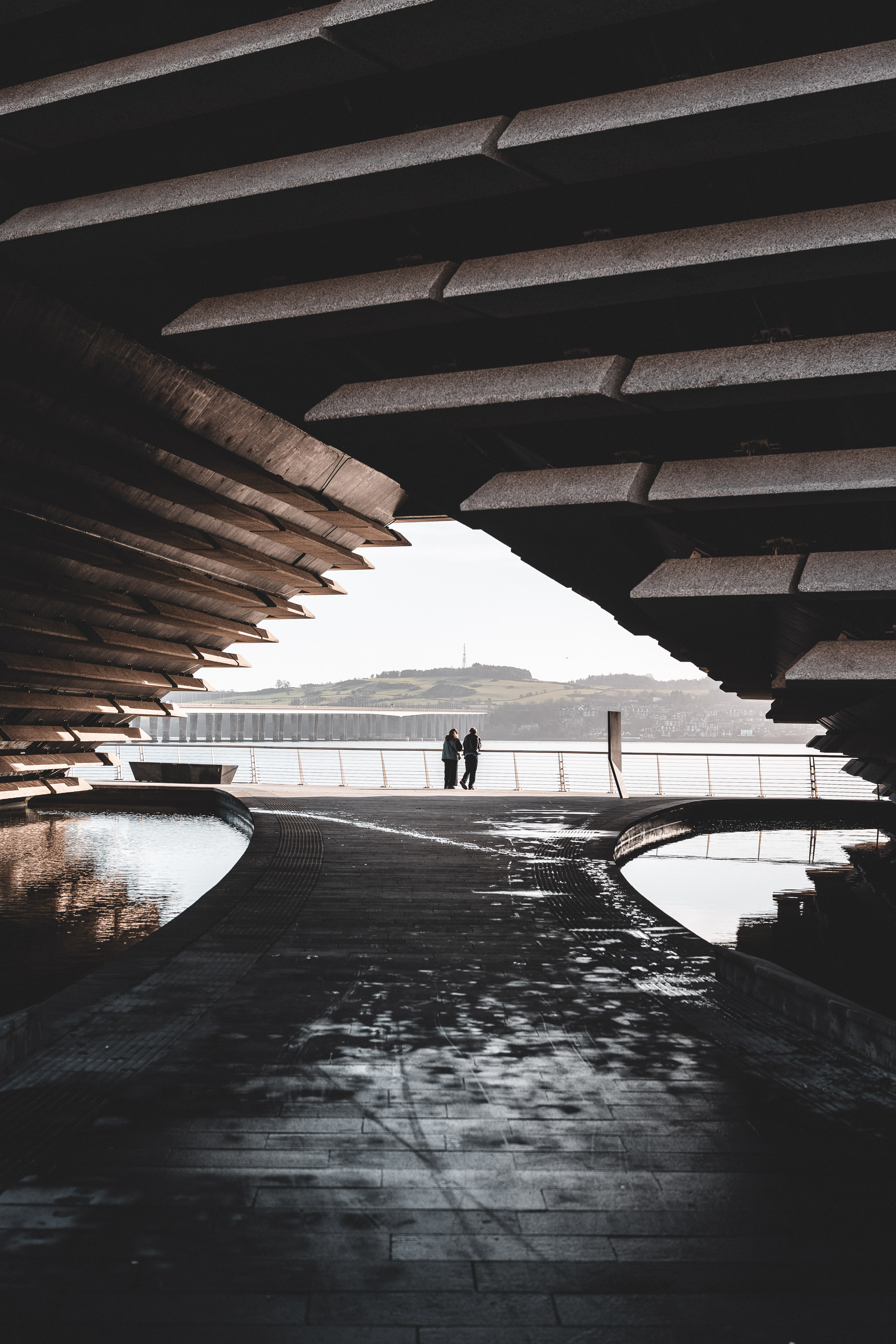
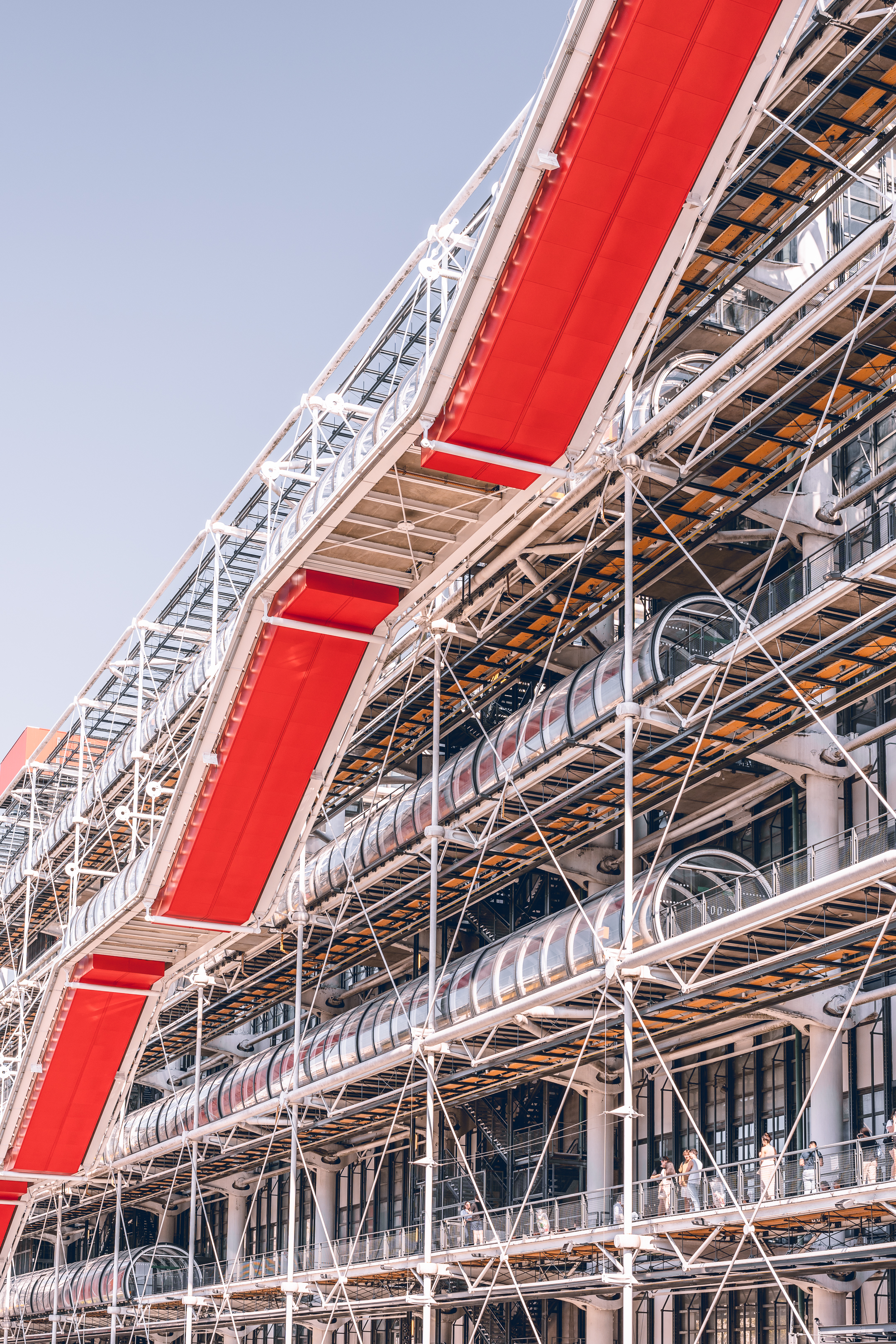
As a designer myself, I have found that my background has significantly enriched my perspective in architectural photography. This intimate understanding of design principles has enabled me to capture the essence of architecture with a more discerning eye. It has allowed me to see beyond the surface, appreciating the nuances of form, space, and structure. Such understanding has resulted in a more profound connection with my subjects, helping me to portray not just the physical details but the spirit and narrative of the architecture. This merging of design and photography is an ongoing journey of exploration for me, a journey that continues to shape my vision and refine my craft.
